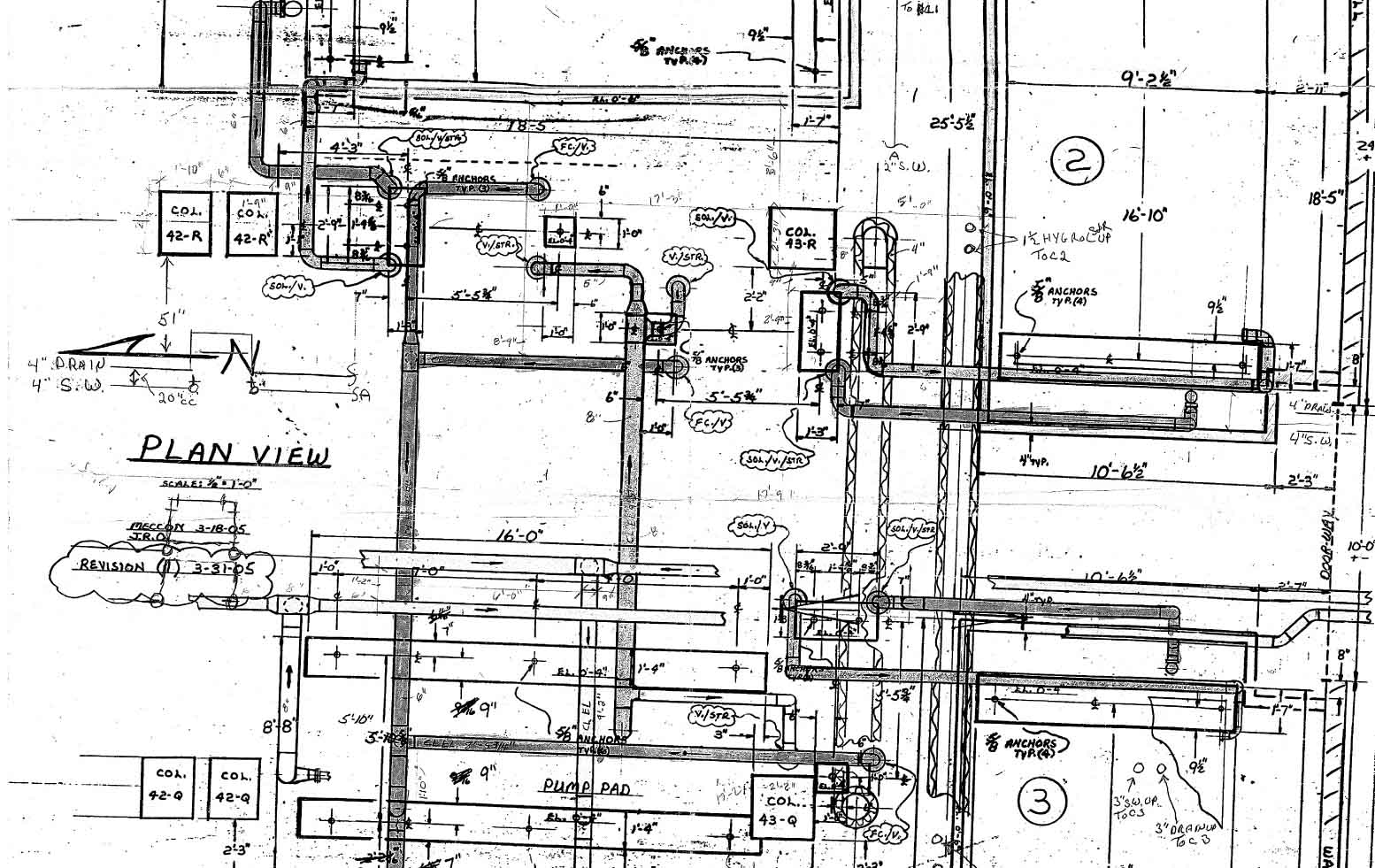Whether you’re trying to go green, prevent a future plumbing disaster, or simply shave a few bucks off of your utility bills, it’s crucial to understand how much water you’re using on your property.
Knowing and monitoring your water usage is key to spotting the warning signs of an impending leak or flood, and getting a grasp on your water consumption is the first – and most important – step you can take toward curbing it, for the sake of your wallet and the planet at large.
Want to know how much water your family is using? Here are a few easy ways to conduct a water use audit for your home:
Check Your Water Meter
The easiest way to check and gauge your home’s water usage is to check your water meter, typically located in a low and out-of-the-way utility area in your home, such as the basement, the garage, or on an outdoor wall.
To check on your water usage, find this meter and take the reading, which may be measured in either gallons or cubic feet. To convert from cubic feet to gallons, use this conversion formula, or try using a free measurement conversion tool:
Number of Cubic Feet x 7.8 = Total Number of Gallons
To calculate your use for a 24-hour period, check the meter at the same time for two consecutive days. You may also want to take readings for multiple days in a row and then find the average.
Gauge Your Water Use Without a Meter
If you can’t or don’t want to find your water meter – or if you live in an apartment or condo where reading your individual meter may be difficult – you can still audit your water usage by diligently tracking your water consumption for a set period.
In order to accurately estimate your water usage, you’ll need monitor all of your indoor and outdoor fixtures and appliances. You may wish to start by consulting with the manufacturers’ specifications for your appliances and fixtures, which typically provide flow rate.
To measure on your own?
For faucets, showerheads, and outdoor spigots, run the faucet at a normal flow rate, but catch the water in a container. Measure the quantity of water, and convert it into gallons, if necessary. Some experts then recommend multiplying this amount by six in order to create a rough estimate of your gallons per minute (gpm).
For toilets, start by shutting off the water supply to the toilet. Mark the water line in the tank, then flush the toilet and refill the tank with tap water, taking care to measure the volume of water it takes to refill the tank to your marker. This will be your flow rate.
Once you have these baselines, keep track of how often you use each appliance or fixture – in number of minutes used per day for fixtures, or number of times used per day, for appliances. Multiply your flow averages by your usage rates, and you should be able to come up with a pretty solid estimate of just how much water is coming and going through your home.
Save Water By Being Proactive
Of course, it’s not all just about how much water you’re actively using every day; in many cases, the cause of that high water bill may be beyond your control. That’s why proactive plumbing is so vital to staying green and saving money – seeking solutions will help you identify your small problems, before they can grow into major hassles.
With that in mind, always be on the lookout for leaks and wet spots throughout your home, and keep an ear out for mysterious sounds; all of these can be indicative of a problem deep in your pipes. Address any dripping faucets or running toilets before they have the chance to drive up your utility bills, and consider replacing or updating your more outdated fixtures or appliances, including your old toilets, faucets, and even your water heater.
Looking for some ways to save water around the house? Want to be more proactive when it comes to protecting your plumbing? Need service today? Don’t hesitate to drop Combat Plumbing a line! Our team of green plumbing experts is here and ready to help, day or night.














